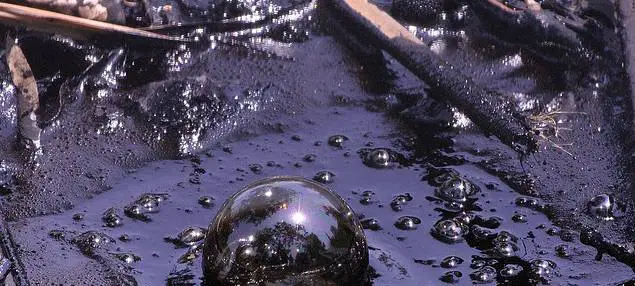We always welcome a Letter to the Editor to share with our readers. This one from Ron Chonner of Lake.
When somebody first pointed out that there was an awful lot of waste wood laying around the world, and that it could be used to generate power, something of a cheer went up. So much better than that horrible coal and oil, everyone agreed.
But then, when these wonderful green loving power stations began to sprout, people living around them, not wanting the view from their bedroom spoiled, protested about ‘particulates per million’ and the dreadful things these would do to the lungs of children (‘particulates’ being, of course, common or garden particles with a bit of a chesty cough).
I opt for wood smoke particulates
Now let us be clear here. Ever since the ice cap melted and plants began releasing pollen, there have been ‘particulates per million’ in our air. And if we all retired to live in mud huts thatched with grass, and we all lived on a diet of home grown carrots, eaten raw, such particulates would continue to roam about, diving into our bronchial tubes and settling in our lungs.
What matters then is the type of particulate, and the amount thereof. And until someone tells me different, I’ll opt for wood smoke particulates over anything coal or oil or gas can offer.
Stuck with power stations and their emissions
Of course, there are those who argue that power producing plants of any sort are unnecessary, and that we can rely instead on solar, tidal, and wind energy.
Well, perhaps one day, but it requires an awful lot of power to produce an airliner, a cruise ship, or to build and power-up an electic locomotive.
So for now we’re stuck with power stations and their emissions – and they’ve got to go somewhere.
Do asphalt plants really cause a danger?
Turning now to that other bone of contention, the tar making plant.
Again we are promised those dreaded ‘particulates per million’ pervading our atmosphere, shortening the lives of our children, killing our animals and wilting our crops,
And again, I simply don’t believe it.
When I was a boy …
When I was growing up in London, a common sight on our war-neglected roads were the gangs of workmen laying down a fresh coat of tarmac.
They worked in the midst of what was virtually a miniature factory scene – a tar-burner with its roaring fire and smoke-belching chimney, steam powered road roller trundling back and forth, and grit lorry arriving to up-end its load of chippings.
All emitting a miasma of smoke, petrol fume and dust. And – although we didn’t know it at the time – hordes of those awful ‘particulates per million’.
Tar laying was exciting
What I don’t remember seeing, was the pavements and hedges all about festooned with dead cats and dogs. And nor do I recall any of my mates sitting on the edge of the pavement retching up their bloody lungs.
Indeed we couldn’t get near enough, inhaling that gorgeous smell and wishing we were grown up enough to be part of such an exciting happening.
Wrong to scaring residents with pseudo-scientific hints
What I’m getting at is that, although I sympathise wholly with the residents of the Medina area not wanting power stations or tar plants around, any more than I would want such in Sandown Bay, trying to drum up support by scaring parents and grandparents with pseudo-scientific hints is quite wrong. As well as non productive.
Put that argument to those with the license to decide yay or nay and they’ll simply remind everyone that an older and therefore probably more inefficient tar plant already exists on top of St George’s Down.
Where it is an ideal position to spray those awful particulates far and wide. And they’ll want to see the evidence for all the death and destruction that has caused over the years.
It’s got to go somewhere
Finally, to pick up Jon’s point, if these power stations and tar plants have to be installed at all – and it seems they must – it is unreasonable to expect the plants be installed on the Other Island, leaving us to our rural tranquillity.
And, as a final point, even if they were built a handful of miles further away across the water, the wind would still scatter those ‘particulates per million’, insofar as they exist, across the entire Isle Of Wight.
Image: Karindalziel under CC BY 2.0





